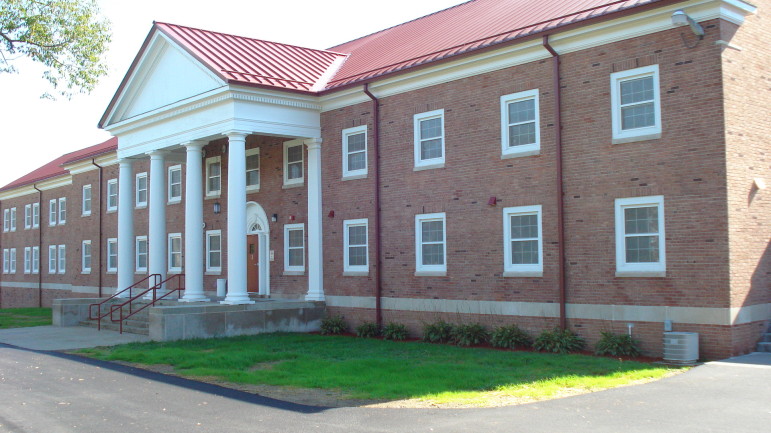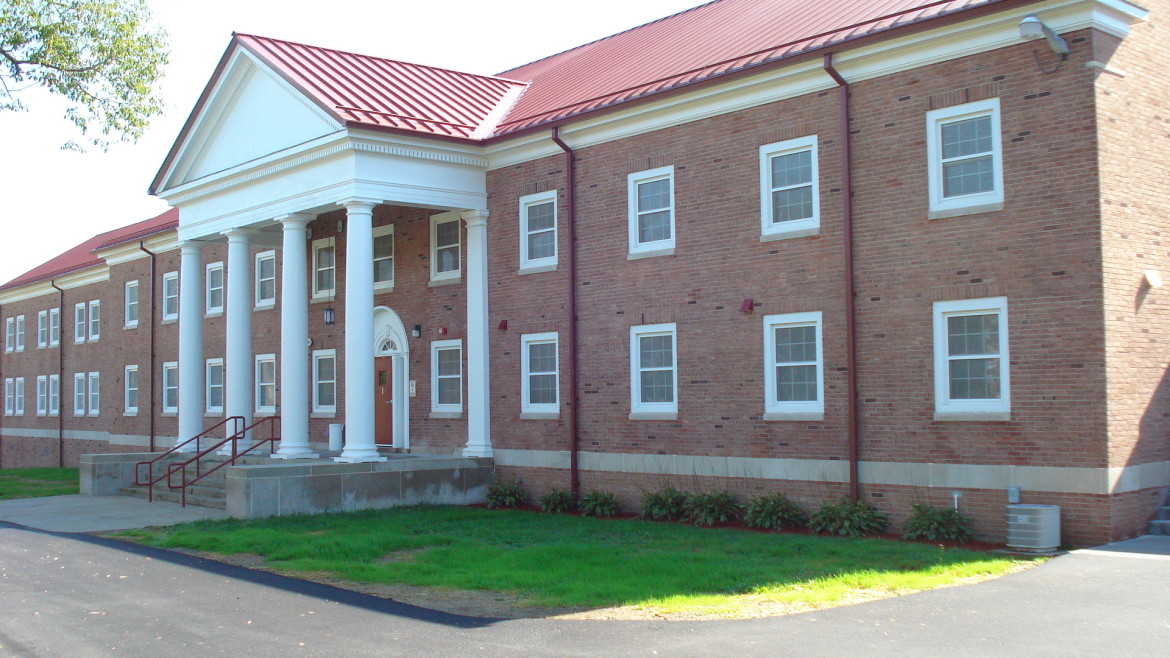
West Virginia Division of Juvenile Services / www.wvdjs.state.wv.us
Dr. Harriet B. Jones Treatment Center in Industrial, W. Va., where a recent incident occurred in which an older offender allegedly sexually assaulted a younger detainee.
A quarter of West Virginia's juvenile justice facility inhabitants are over the age of 18, according to data released earlier this month by the state’s Department of Military Affairs and Public Safety.
Under state law, some offenders in West Virginia can remain in Division of Juvenile Services (DJS) custody until the age of 21. In light of a recent incident at the Harriet B. Jones Treatment Center, in which a 20-year-old offender was alleged to have sexually assaulted a 15-year-old detainee, several officials have criticized the policy and called for changes to facility protocols.
A snapshot of the population of West Virginia facilities in early July revealed that, of the state’s 256 detainees in DJS custody, 65 were between the ages of 18 and 20. According to DJS Deputy Director Denny Dodson, the number of adult detainees in the state’s juvenile justice detention centers was even higher prior to the closing of the Industrial Home for Youth earlier this year.
“It had about double the number of adults than it had juveniles,” Dodson told The Charleston Daily Mail.
In West Virginia, if an adult housed in a juvenile facility commits a crime, he or she can be transferred to an adult facility. However, it is possible for those individuals to return to juvenile facilities even after serving out his or her adult prison sentences, Dodson said.
“I’ve had kids that were committed, transferred to adult status in adult court, found guilty, sentenced to 40 years,” Dodson said. “Then they turn 18 [and] they’re kept in the juvenile system because they’re working on a GED or doing so well.”
Dodson said the state needs to either rewrite its code or encourage the placement of juvenile and adult offenders in separate facilities.
"We took some heat in trying to keep them separate,“ he concluded. “Obviously, we're taking some heat for not keeping them separate now."
